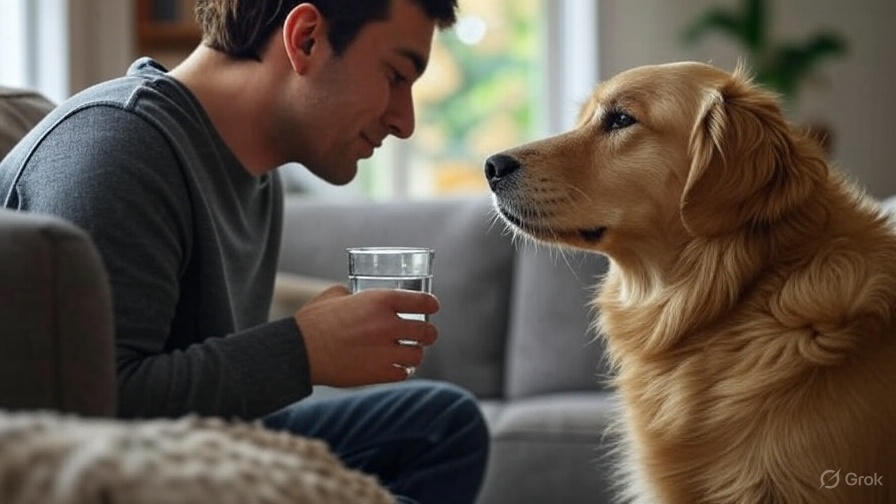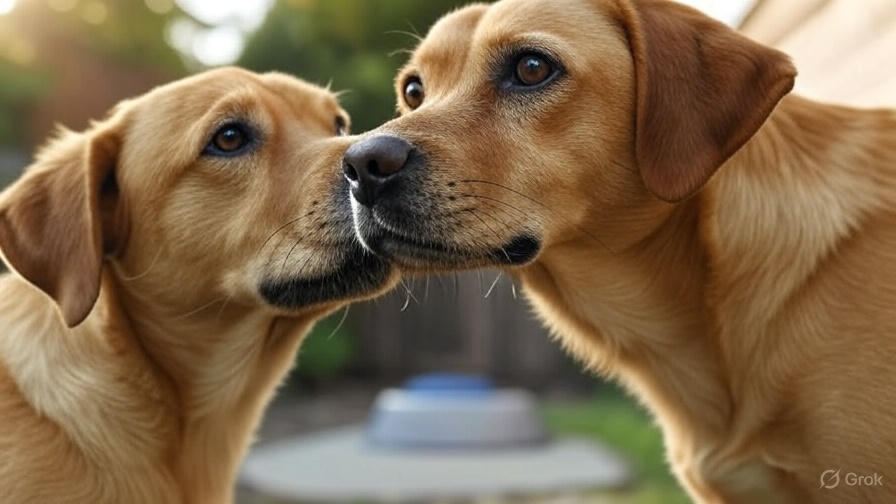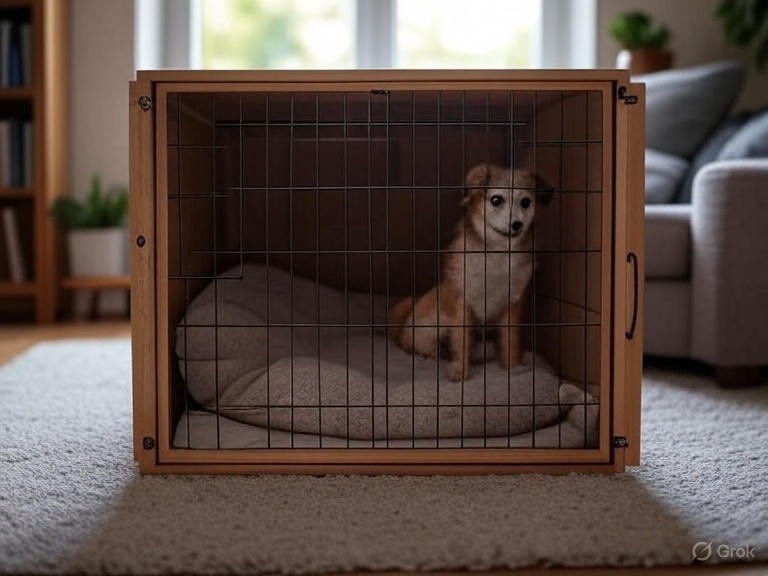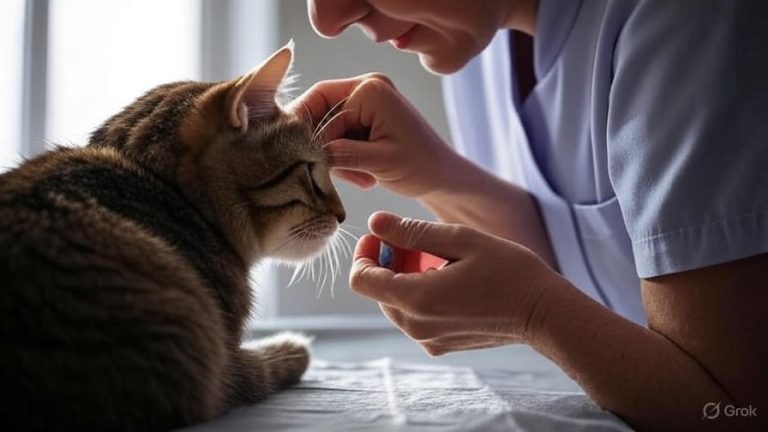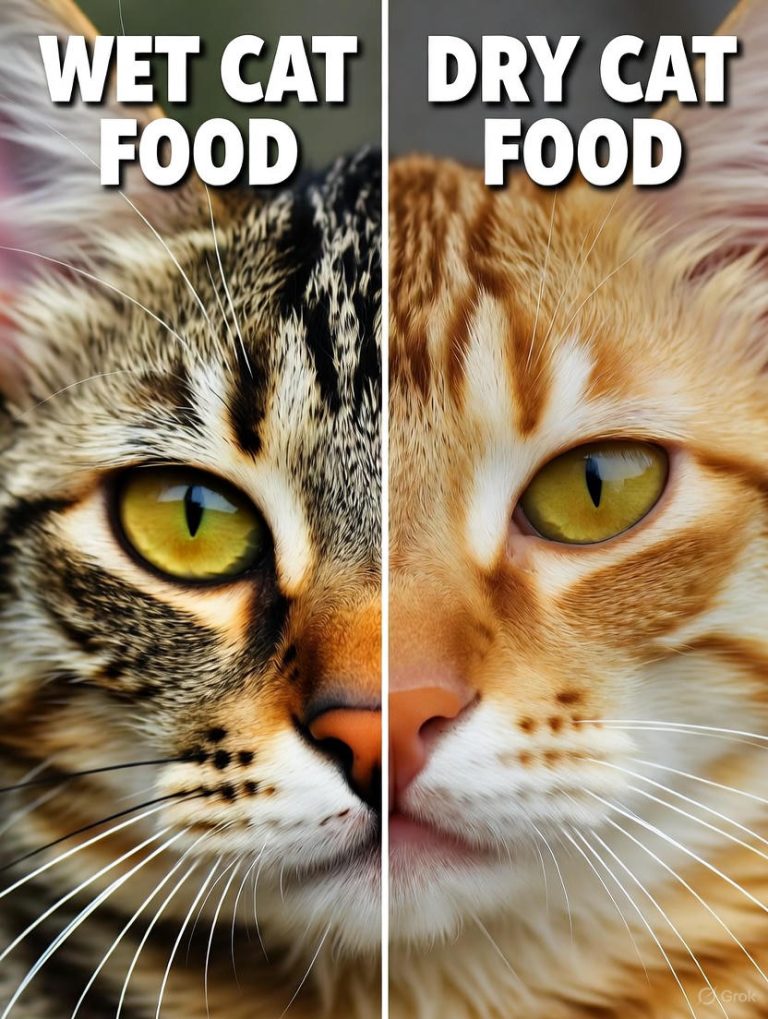How to Get Your Dog to Drink More Water?
Dogs need plenty of fresh water every day to stay healthy and happy. Many pet owners worry when they notice their furry friend isn’t drinking enough water. Proper hydration keeps your dog’s organs functioning well, helps regulate body temperature, and supports overall health.
This comprehensive guide will show you proven methods to encourage your dog to drink more water. You’ll learn about warning signs of dehydration, discover creative ways to make water more appealing, and understand when to consult your veterinarian.
Why Dogs Need Adequate Water Intake
Water plays a crucial role in every aspect of your dog’s health. The average dog should drink about one ounce of water per pound of body weight daily. A 50-pound dog needs approximately 50 ounces of water each day.
Your dog’s body uses water for digestion, circulation, waste elimination, and temperature control. Without enough water, dogs can develop serious health problems including kidney disease, urinary tract infections, and heat stroke.
Dehydration happens quickly in dogs, especially during hot weather or after exercise. Senior dogs and puppies face higher risks because their bodies don’t regulate water as effectively. Certain medications and health conditions also increase water needs.
Recognizing Signs Your Dog Needs More Water
Several warning signs indicate your dog might not be drinking enough water. Watch for these symptoms that suggest dehydration:
Dry or sticky gums signal the first stage of dehydration. Healthy gums should feel moist and slippery when you touch them. Press your finger against your dog’s gums and release it. The spot should return to pink color immediately.
Lethargy and reduced energy levels often accompany mild dehydration. Your normally active dog might seem tired or reluctant to play. They may spend more time lying down and show less interest in walks or activities.
Sunken eyes and loss of skin elasticity indicate more serious dehydration. Gently pinch the skin between your dog’s shoulder blades. In well-hydrated dogs, the skin snaps back quickly. Dehydrated dogs’ skin returns slowly or stays tented.
Thick, ropy saliva instead of thin, watery drool suggests your dog needs more fluids. You might also notice panting that seems excessive for the temperature or activity level.
Dark yellow urine or infrequent urination can signal dehydration. Healthy dogs produce light yellow urine several times daily. Concentrated, dark urine means the kidneys are working harder to conserve water.
Simple Ways to Increase Your Dog’s Water Consumption
Start with the basics by ensuring your dog always has access to clean, fresh water. Dogs prefer cool water that tastes good. Change the water in their bowl at least once daily, and wash the bowl regularly to prevent bacteria buildup.
Location matters more than most pet owners realize. Place multiple water bowls throughout your home, especially in areas where your dog spends the most time. Dogs drink more when water is conveniently located near their food, sleeping area, and favorite resting spots.
The type of bowl can influence drinking habits. Some dogs prefer wide, shallow bowls that don’t touch their whiskers. Others like elevated bowls that make drinking more comfortable. Stainless steel and ceramic bowls often work better than plastic because they don’t retain odors or scratch easily.
Try adding a small amount of low-sodium chicken broth to your dog’s water bowl. The extra flavor encourages many dogs to drink more. Start with just a tablespoon of broth mixed into a full bowl of water. Make sure you use broth without onion, garlic, or other harmful ingredients.
Ice cubes make drinking water more interesting for many dogs. The cold temperature and crunching sound appeal to dogs who like interactive experiences. Freeze small treats or pieces of fruit in ice cube trays for an extra special water enhancement.
Creative Methods to Boost Water Intake
Wet dog food contains much more moisture than dry kibble. Mixing wet food with dry food or switching completely to wet food significantly increases your dog’s daily water intake. The moisture in wet food counts toward their total fluid consumption.
Create doggy “popsicles” using diluted broth or water mixed with small pieces of your dog’s favorite treats. Freeze the mixture in ice cube trays or special molds. These frozen treats provide entertainment while adding extra fluids to your dog’s diet.
Water fountains designed for pets encourage drinking through moving water and continuous circulation. Many dogs find flowing water more appealing than still water in a bowl. The sound and movement trigger natural drinking instincts.
Add warm water to dry kibble to create a “soup” that dogs often find irresistible. Let the food soak for a few minutes until it becomes soft and releases flavors into the water. This method works especially well for older dogs with dental issues.
Fruit and vegetables with high water content make healthy treats that boost hydration. Watermelon, cucumbers, and carrots contain lots of water. Always research which fruits and vegetables are safe for dogs before offering them as treats.
Environmental Factors That Affect Drinking
Temperature plays a major role in how much dogs drink. During hot weather, dogs need significantly more water to regulate their body temperature. Keep water bowls in shaded areas during summer months, and consider adding ice cubes to keep water cool.
Air conditioning and heating systems can affect your dog’s hydration needs. Dry indoor air increases water requirements, especially during winter when heaters run constantly. Place water bowls away from heat sources and air vents.
Exercise and activity levels directly impact water needs. Active dogs require more fluids to replace what they lose through panting and increased metabolism. Always provide water before, during, and after exercise sessions.
Travel and changes in routine can disrupt normal drinking patterns. Bring familiar water bowls and bottled water from home when traveling with your dog. Stress from new environments sometimes reduces appetite and water consumption.
Health Conditions That Reduce Water Intake
Several medical conditions can decrease your dog’s desire to drink water. Dental problems, mouth injuries, and gum disease make drinking painful. Dogs with oral discomfort often avoid their water bowls even when thirsty.
Kidney disease, diabetes, and certain medications affect how dogs process water. Some conditions increase water needs while others reduce the urge to drink. Senior dogs commonly develop age-related health issues that impact hydration.
Nausea from illness or medication can make dogs reluctant to drink. Dogs feeling sick often avoid food and water, creating a dangerous cycle of dehydration that worsens their condition.
Anxiety and stress sometimes cause changes in eating and drinking habits. Dogs experiencing separation anxiety, environmental changes, or other stressors may drink less than usual.
When to Contact Your Veterinarian
Sudden changes in drinking habits warrant immediate veterinary attention. Dogs who stop drinking water entirely or show dramatic increases in water consumption need professional evaluation within 24 hours.
Vomiting combined with reduced water intake creates a medical emergency. Dogs lose fluids quickly through vomiting and cannot replace them if they won’t drink. Contact your veterinarian immediately if your dog vomits and refuses water.
Signs of severe dehydration require urgent care. These include extreme lethargy, sunken eyes, dry gums, and skin that stays tented when pinched. Severely dehydrated dogs may need intravenous fluid therapy.
Persistent refusal to drink water for more than 24 hours needs veterinary assessment, even if your dog seems otherwise normal. Underlying health problems often cause subtle changes in drinking patterns before other symptoms appear.
Creating a Hydration Routine
Establish regular times for encouraging water consumption throughout the day. Offer fresh water when you wake up, before meals, after walks, and before bedtime. Consistent routines help dogs develop healthy drinking habits.
Monitor your dog’s water intake by measuring how much you put in their bowl and checking how much remains at the end of each day. This gives you baseline information about normal consumption patterns.
Keep a hydration journal during hot weather or when your dog is recovering from illness. Record water intake, urination frequency, and any concerning symptoms. This information helps your veterinarian assess your dog’s condition.
Make drinking water a positive experience by praising your dog when they drink. Some dogs respond well to gentle encouragement and treat rewards for drinking water.
Special Considerations for Different Dogs
Puppies have different hydration needs than adult dogs. Their smaller size means they dehydrate faster, but they also have higher water requirements per pound of body weight. Monitor puppies closely for signs of dehydration.
Senior dogs often drink less water due to reduced kidney function, medications, or mobility issues. Place water bowls in easily accessible locations and consider elevated bowls for dogs with arthritis.
Working dogs and highly active breeds need extra water during training and exercise. Provide frequent water breaks during activities and watch for signs of overheating.
Brachycephalic breeds (dogs with flat faces) like bulldogs and pugs have higher water needs because they can’t cool themselves as efficiently through panting.
Long-term Benefits of Proper Hydration
Well-hydrated dogs maintain healthier skin and shinier coats. Water helps transport nutrients to hair follicles and keeps skin cells functioning properly. Dehydrated dogs often develop dry, flaky skin and dull fur.
Adequate water intake supports kidney function and reduces the risk of urinary tract infections. Proper hydration helps flush toxins from the body and maintains healthy urine concentration.
Good hydration improves digestion and helps prevent constipation. Water aids in breaking down food and moving waste through the digestive system efficiently.
Proper fluid balance supports cardiovascular health by maintaining blood volume and circulation. Well-hydrated dogs have more energy and better endurance during activities.
Conclusion
Getting your dog to drink more water requires patience, creativity, and attention to their individual preferences. Start with basic improvements like fresh water and clean bowls, then try creative methods like flavoring water or offering frozen treats.
Remember that sudden changes in drinking habits often indicate health problems that need veterinary attention. Regular monitoring of your dog’s water intake helps you identify potential issues early.
Every dog has unique needs based on their age, size, activity level, and health status. Work with your veterinarian to determine the right hydration strategy for your furry friend. With consistent effort and the right approach, you can help your dog maintain healthy hydration habits that support their overall wellbeing for years to come.

